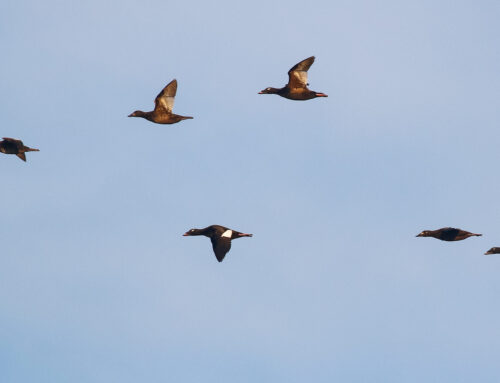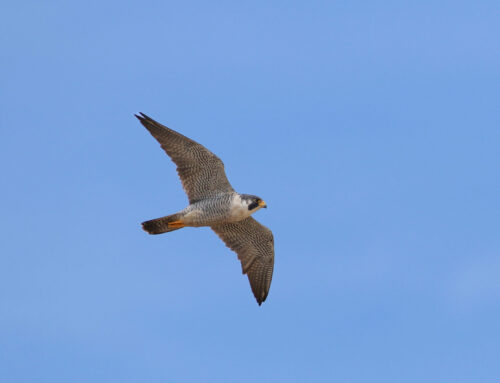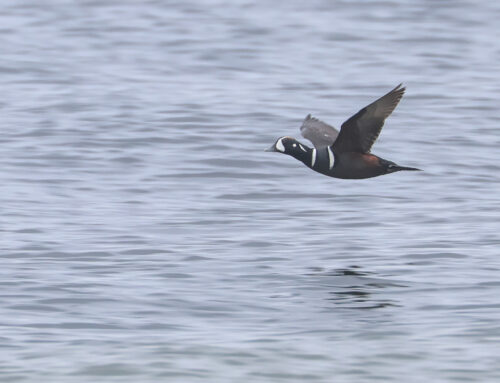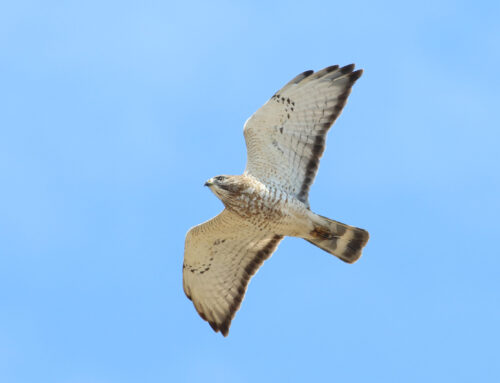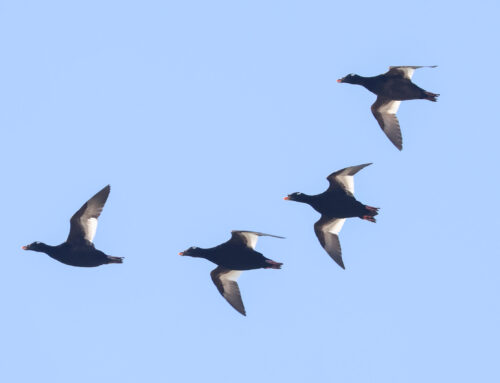One of the most overlooked families of birds is Laridae, the gulls. Many times I’ve heard, “There’s more than one kind of seagull?” Common birds are often overlooked; their presence is taken for granted, and not much attention is given to them. Think of the European Starling, a widespread, common bird (which, unfortunately, is also an invasive species). Its scientific species name is vulgaris, meaning common. The etymology is not a coincidence; what is common is vulgar and often not paid much attention.
We gain so much from paying attention to the common birds, and I’d challenge you to start doing so. I will say gulls are difficult. There’s no way around it. Many gulls take two or four years to achieve their adult plumage cycle, which they will keep for the remainder of their lives (gulls are long-lived, up to 49 years in the case of one Herring Gull). During each of these years, the feathers can wear and make them look radically different than they did when they first obtained them. Of course, when adult, they have basic (non-breeding) and alternate (breeding) plumage. So, for each species, there is a very extensive possibility of appearances. Of course, gulls can’t let us off the hook that easily; they are also are renowned for their hybridization. The extent of this is poorly known, but it has called into question the concept of species as we understand, as several frustrated researchers have stated.

Glaucous Gull, Photo by Chris Neri
Whitefish Point is lucky to have many different species of gull visit. Just today, we recorded our season’s first Glaucous Gull. The spring migration of Bonaparte’s Gull (not named after Napoleon Bonaparte, to note) is a beautiful sight to behold. Throughout the fall, the Ring-billed Gull slowly leave us as the Herring Gull filter in. Occasional rare gulls, such as Iceland and Sabine’s Gulls, and kittiwake are much-anticipated visitors. Finding out what gull you’re looking at is all about the details, and these details take concentrated observation. If you take on this challenge, you’ll need to know their anatomy and feather groups well. Knowing what to look for in the field is invaluable. If you see any bird, what are you looking at to tell it apart from others? In similar species, without previous study, you aren’t likely to pick up on the subtle differences that can lead you to a positive identification. Lucky for you, gulls are often easy to observe, hence them earning their vulgarity.
Be it at the beach, the harbor, or the parking lot — oftentimes, you can reliably watch gulls with ease. Warblers and other songbirds rarely give us prolonged and easy looks; gulls are just posing for us, and we’re not looking. To begin, many adult gulls can be identified by a combination of their leg color, bill characteristics, and wing color. If you were to put adult Herring, Glaucous, and Glaucous-winged Gulls next to each other, they would look very similar. Despite these similarities, they all have distinctively colored primary projections (black, white, and glaucous, respectively) that tell them apart. There are other more subtle differences, but occasionally, these “smoking gun” style field marks help us out.
Many of us laughed at the tongue-in-cheek title of a gull identification guide named “Gulls Simplified.” The authors know, gulls are not simple, and therein lies one aspect of their beauty, their complexity. The larids are not for those who need to cement an identification for every bird. Many gulls will elude identification, and many experts have come to separate identifications after fierce debate. If you start looking for these details, you’re going to pay more attention to the birds. At one point, a gull seen as drab brown to you is now cascading shades of tawny with strikingly placed black accents. The physiological differences you notice tell a bit of their story. It comes as little surprise that the slender-winged Sabine’s Gull spends much of its life at sea (they and kittiwakes being the most appropriate heirs to the term “seagull”), the large-eyed Swallow-tailed Gull is nocturnal, or the strikingly white Ivory Gull lives a good portion of its life out on the pack-ice. There is amazing diversity in the 54 currently listed gull species, not only in how they appear but in their natural history, life cycle, how they act, and how they interact with us. While many Ring-billed Gull will position their wintering grounds near landfills for access to an easy food source, the Heerman’s Gull is known for not exploiting anthropogenic food sources. We’ll always be in the process of understanding them as animals, uncovering unique details such as they can hear the ocean hitting the shore from over a hundred miles away (by infrasound) or they possess oil in their eyes for seeing in hazy conditions.
So, while it isn’t for everyone, if you enjoy standing in often challenging weather trying to parse out minute details of feather wear and molt cycle, then gulls are for you. Regardless, paying attention to the details of the common birds around us unlocks their beauty. It’s humbling when someone from out west sees a Northern Cardinal. Cardinals are very beautifully striking birds; we only let ourselves forget that due to their ubiquity. Even if you’re not attempting to identify what’s around you, notice the details; it is amazing what’s around us if we take the time to look.
Feature Photo and Text by Fall Waterbird Counter Steve Backus


